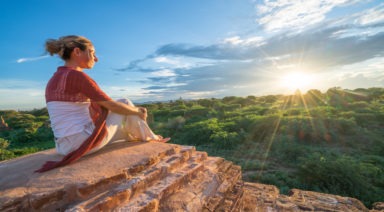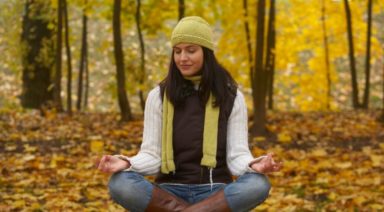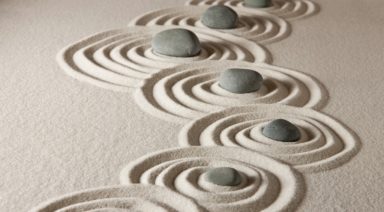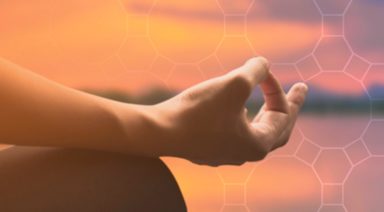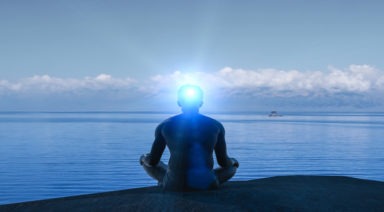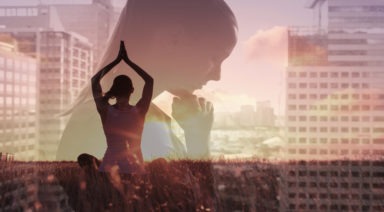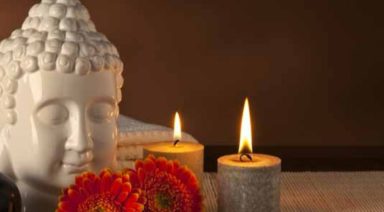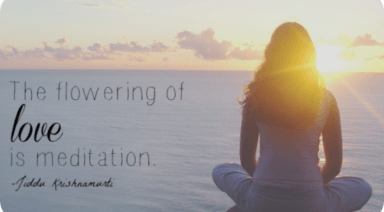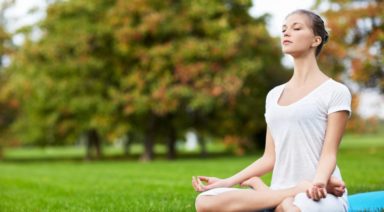Join the Internal Selfie Revolution

Have you joined the selfie revolution? Since Robert Cornelius took the first selfie in 1839, humans have been fascinated, if not obsessed, with snapping images of themselves. People now take selfies for many reasons, such as telling a story and capturing memories.
Did you know that people have been taking internal selfies since time immemorial, well at least several thousand BCE? It’s called meditation! It’s nothing mysterious or fancy. All you have to do is turn your camera inward and snap a picture of your current state of mind: What do you see?
Some early forms of meditative introspection included ritual dance, reciting mantra, and sitting crossed-legged under a Bodhi tree. Today, the meditation movement has captured the world’s attention. We are learning to turn our minds inward everywhere from the gym, yoga and tai chi class, the office and at our desks, in the classroom, and the boardroom.
Ready to begin your own mindfulness journey? It’s easy. Get your camera and join the Internal Selfie Revolution! Here’s how to start your practice today.
The Psychology of the Selfie
Why do we retake our image multiple times in order to get it just right before hitting send? On a superficial level, a selfie is casual, easy way to communicate a snapshot of yourself in-the-moment. It may be used as verification or to document change. However, a selfie also give us valuable information. From a selfie we can assess our:
- Appearance
- Thoughts
- Emotions
- Feelings
How to Take an Internal Selfie: The Basics
Now try turning your camera inside. Take a peek into your own brain. Let your Internal Selfie develop into an image or sensation – it might have a distinct shape, specific texture, or even a splash of color. Examine your internal snapshot as it manifests: try not to judge, reject, embrace or explain it. Just look at it directly and be curious!
Six Questions to Ask Yourself When Taking an Internal Selfie
- What’s going on inside of me?
- What thoughts and emotions are driving my current behavior?
- How do I feel about myself?
- Am I distracted or focused on what I’m doing?
- Am I nervous or calm?
- Do I feel tired or full of energy?
Internal Selfies Lead to Mindfulness
Sometimes, we are reluctant to turn our awareness inward because we are afraid of what we might find. Turning inward is challenging: criticism, judgment, and disappointment may arise. However, turning inward is a significant step towards mindfulness through awareness and self-acceptance. Taking that moment or pause before reacting or responding is the essence of the Internal Selfie and a reminder to live in the present.
Pause: Snap an Internal Selfie
- Assess what you see, free from any judgment or concept
- Do your thoughts, emotions, nervous system or feelings need any attention?
- Take appropriate action to effect the change you want (more on this later)
- Follow-up with a second Internal Selfie
- Is the retake any different from the first Selfie? How have you changed?
Meditation and Mindfulness; Methods for Lasting Peace
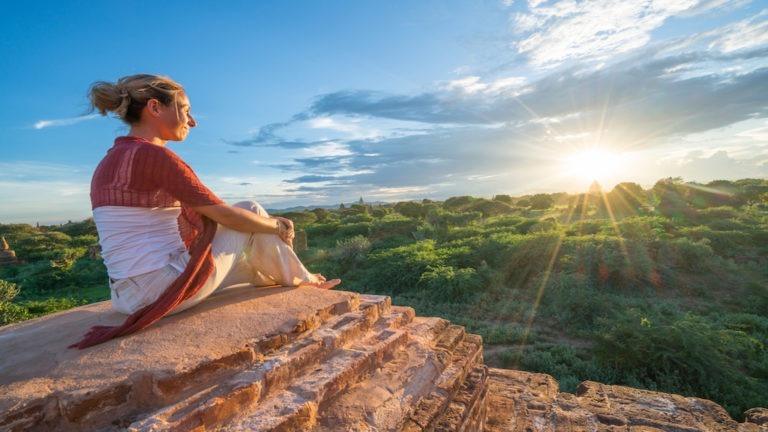
Mindfulness is an essential and useful pathway that leads to peacefulness. It isn’t rocket science, it doesn’t require a trendy workshop, and it doesn’t require that you live in an ashram.
“Each place is the right place. The place where I now am can be a sacred space.”
– Ravi Ravindra
What is Mindfulness?
The most basic definition of mindfulness might be the act of paying attention to the things that you are experiencing, and then choosing peacefulness in relation to every action, person, thought, feeling, and response.
Mindfulness in its purest form has the following characteristics:
- Being fully present to what’s happening in this moment
- Leaving the past in the past
- Letting fantasies of the future dissolve
- Refraining from self-judgment and judging others
- Keeping emotions in-check
- Responding instead of reacting
- Strengthening our connection to our core selves


